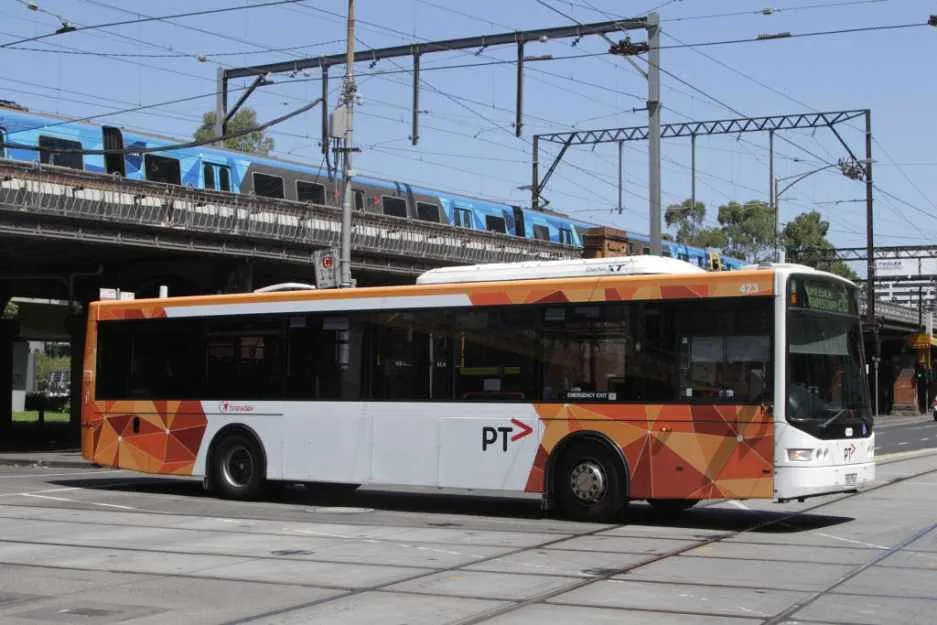Eleven bus routes to initially take part in trial.
Live passenger data from some of Melbourne’s busiest bus routes has been added to Public Transport Victoria’s RideSpace occupancy tool, allowing commuters to avoid congestion in real time.
The service allows passengers to view the crowding status of buses in real-time. Users can see how many buses are available on a given route, which helps them plan their trips.
RideSpace has the latest information on the departure times of your train or bus, letting you know if there are any delays or even if it leaves early.
The trail will take part on eleven bus routes and more in the coming months. However, the program will be extended to all the city’s major routes in the future. It comes a year after the tool began offering those travelling on Melbourne’s rail network a window into crowding at stations and on trains.
The routes, described as “some of [its] most high-frequency and high-traffic routes” across Melbourne’s inner and outer suburbs, are 190, 402, 404, 420, 431, 432, 471, 498, 552, 601 and 623.
RideSpace uses data collected by passenger counting sensors and predictive modeling technology, as well as Myki tab tabs, to show current and projected occupancy levels.
Congestion – which is considered a real-time estimate only if the service has a built-in sensor – is then displayed on a four-level color-coded indicator, ranging from green (very soft) to red (very busy).
The Guardian reported RideSpace was launched as a standalone online website in February 2021 and the data will be available directly via Google Maps shortly thereafter,
Similar predictive technology is already being used in NSW to show real-time seat availability on the Waratah train fleet and buses, allowing passengers to check seat availability before boarding.
Public Transport Secretary Ben Carroll said the addition of real-time bus occupancy data to RideSpace would mean more Victorians could plan their journey in advance.
“RideSpace is already helping Victorians check how busy or quiet the train network is and for the first time, bus passengers can now choose the services they feel most comfortable taking,” he said.
Carroll added that “by trialling this information on 11 initial bus routes, we’re shaping the way new transport information is prevented to Victorians and learning how passengers want to receive it”.
The agency is also working to bring the data to third-party apps as well as its existing digital channels.
PTV continues to investigate adding tram and regional train occupancy data to RideSpace as a future phase.







